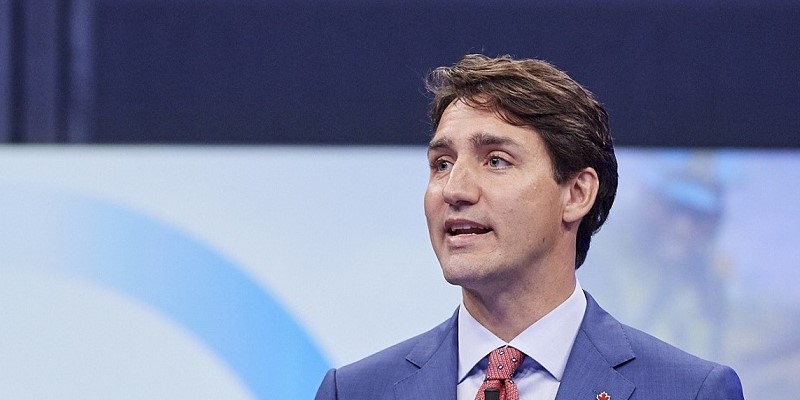Federal budget fails to ‘break the glass’ on Canada’s economic growth crisis

In advance of the Trudeau government’s 2024 budget released on Tuesday, many called for the government to finally address Canada’s stagnant economic growth. But despite the growing consensus that this issue represents a national crisis, the Trudeau government simply continued with the same approach that helped get us to this point in the first place.
“You’ve seen those signs that say, ‘In emergency, break glass.’ Well, it’s time to break the glass,” said Carolyn Rogers, Bank of Canada senior deputy governor, in a speech last month while warning that Canadians may see living standards fall if nothing is done to promote economic growth.
Ten days later in a joint interview, former Quebec premier Jean Charest and former federal finance minister Bill Morneau urged the Trudeau government to focus on economic growth in the budget. Specifically, Morneau suggested Canada needs more business investment “from other sources than the government.”
These are just two examples of the growing consensus that Canada is suffering an economic and productivity growth crisis.
Economic growth generally refers to the increase in gross domestic product (GDP), which measures the total output of the economy and is driven by three factors—the labour supply, the capital stock and the efficiency in which labour and capital are used.
Canada’s GDP growth in recent years has been driven almost entirely by the labour supply, as the country has experienced historically high population growth. However, although GDP in aggregate has been growing, GDP per person (a common indicator of living standards) has been declining at an alarming rate. Since the second quarter of 2022 (when it peaked post-COVID), inflation-adjusted GDP per person has fallen from $60,178 to $58,111 in the fourth quarter of 2023—and has declined during five of those six quarters, and now sits below where it was at the end of 2014.
Labour productivity, which is the amount of output (GDP) produced per hour worked, has seen a similar decline. Statistics Canada recently reported that the fourth quarter of 2023 represented the first time productivity increased since the beginning of 2022, and that for the prior six quarters labour productivity had declined or remained stagnant.
The consequence of both declining GDP per person and lower productivity, as Carolyn Rogers warned, is a lower standard of living for Canadians. To reverse this crisis, the Trudeau government must address the cause of Canada’s weak economic growth—a severe lack of business investment.
Business investment provides the capital needed to equip workers with the technology and equipment to become more efficient and productive. Yet according to a recent study, from 2014 to 2021, inflation-adjusted business investment per worker in Canada fell from $18,363 to $14,687.
This decline in business investment is partly the result of the Trudeau government’s disinterest in encouraging entrepreneurship and private-sector business investment. Indeed, the government’s approach of high spending, more regulation and significant involvement in the economy has done little to foster widespread economic growth.
And by raising capital gains taxes on individuals and businesses, which the Trudeau government did in this latest budget, in the words of former Bank of Canada governor David Dodge, the government is doing “exactly the wrong thing” to boost productivity. Rather, these measures simply provide more reason for people and businesses to invest elsewhere.
This latest Trudeau budget doubles down on a failed approach. Spending is up, government involvement in the economy is increasing, and increased capital gains taxes will only make our investment challenges more difficult. We need a complete reversal in policy to solve our economic growth crisis.


